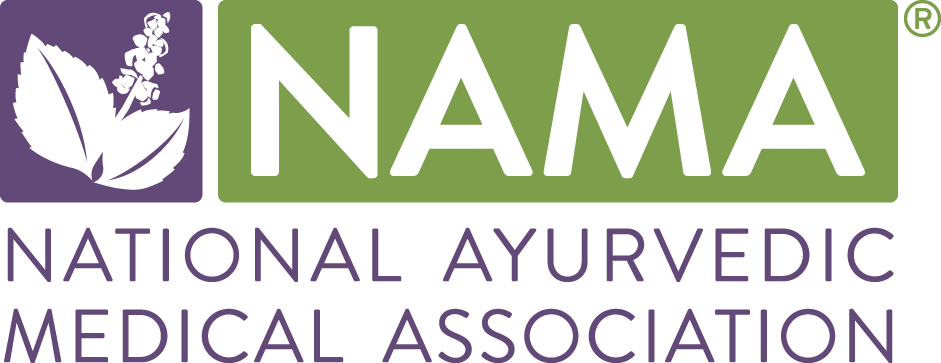Definition of Patient Encounter (PE)
A patient encounter is defined as a combination of the following, a substantial percentage of which should involve direct, hands-on contact. A patient encounter refers to each encounter: initial or follows up. Schools are encouraged to provide the opportunity for long-term follow up by which students can experience outcomes.
a) Experience history and/or outcomes of patients in order to build an internal database of clinical knowledge and experience. This internal database can be built by a variety of experiences whether it is observation, internship, externship, small group work or apprenticeship (working under and alongside the practitioner in a graduated responsibility model).
b) Carry out procedures such as history taking; prakṛti and vikṛti assessment; pulse, tongue and nail diagnosis; as well as other appropriate methods in order to gain assessment fluency. This cannot be accomplished by passive observation but can be attained in a variety of settings including intern, small group work or apprenticeship (working under and alongside the practitioner in a graduated responsibility model).
c) Carry out the clinical application of Ayurveda as per category designation. *Refer to the Scope of Practice for the Ayurvedic Profession, Ayurvedic Health Counselor: Educational Outline for Competency, Ayurvedic Practitioner: Educational Outline for Competency and Ayurvedic Doctor: Educational Outline for Competency documents for specific details.
Three Settings for Patient Encounters
1) Observation: Observing the teacher/clinician working with a client in a classroom setting.
2) Student/client encounter with direct supervision of a teacher. This includes working one-on-one or in small groups of two or three.
3) Student/client one-on-one, in a more intimate setting with the student doing complete intake, recommendations, and follow-up; to be supervised directly or via externship.
Patient Encounter Requirements by Category
Ayurvedic Health Counselor
Requires a minimum of 50 patient encounters with at least 25 in the first two settings as indicated above and 25 one-on-one*.
Ayurvedic Practitioner
Requires a minimum of 100 patient encounters over and above the 50 of the AHC category. Twenty-five observation, 25 under direct supervision onsite and 50 completely one-on-one* with direct or indirect supervision.
Ayurvedic Doctor
Requires 250 client encounters that will include the 100 client encounters from the AP category with the additional 150 as mainly one-on-one sessions reviewed by senior faculty or senior Doctor of Ayurveda.
*One-on-one typically means one client, per one student/intern. However, some schools have found that students learn better when working with a client in groups of two or three students, all of whom are fully engaged in all aspects of diagnosis and chikitsa. This is an acceptable substitution for one-on-one encounters, provided students also gain experience working with patients one-on-one before graduating.
Definition of Supervised/Supervision
Each and every patient encounter a student has is supervised by one or more of the methods outlined below. Schools offer a variety of valid methods of supervision, including but not limited to:
a) Supervisor present during consultation
b) Onsite supervisor checks students’ work after student has seen patient
c) Live Internet supervision via a HIPPA-compliant telemedicine platform, e.g. VSee (www.vsee.com)
d) Roundtable discussions
e) Use of approved local mentors
“Six months of supervised clinical practice” should read “Equivalent to six months of supervised clinical practice.” While some school formats would deliver this in a six-month block, others might be interspersing it throughout the training. A student might see only a few patients in six months. Hence, the number of clinical patient encounters is of more importance than the time taken to accrue them.
Recording Patient Encounters
For schools with onsite clinics, students can fill out a form or worksheet that is signed by the clinic for verification. For schools where the students are being mentored from a distance, an online recording system could be used. Some schools may choose to retain the patient encounter forms, while others might record the patient encounters on spreadsheets and return them to the students for their portfolio.
When the student applies for NAMA professional membership, the school informs NAMA that they have completed the required patient encounters, just as the school informs NAMA that they have completed the other educational requirements.
Recommended Roll-out of Increased Patient Encounter Criteria by 2016
Ayurvedic Health Counselor 50 PE
Ayurvedic Practitioner 100 PE

